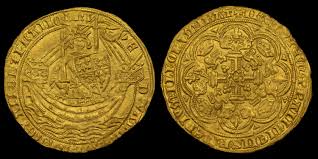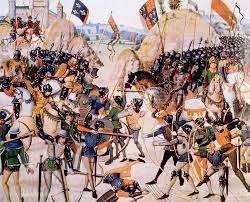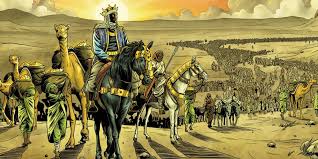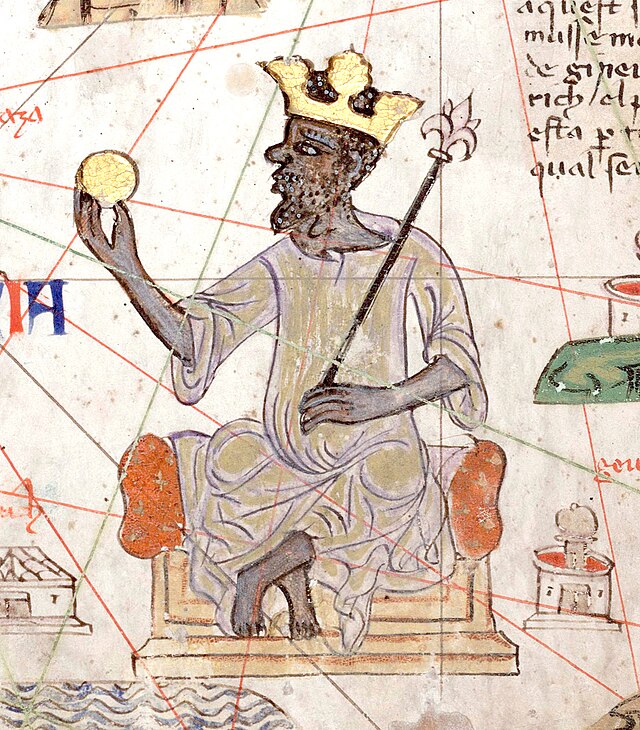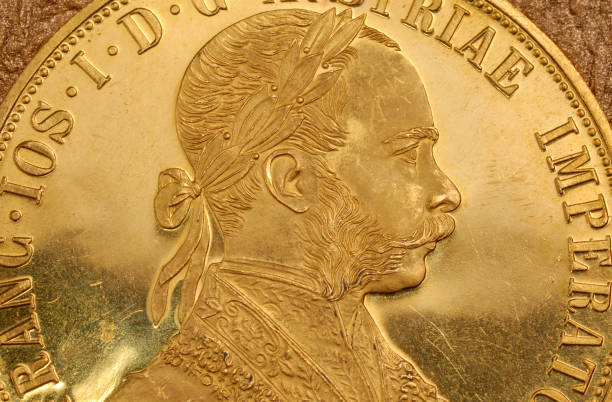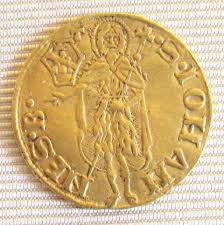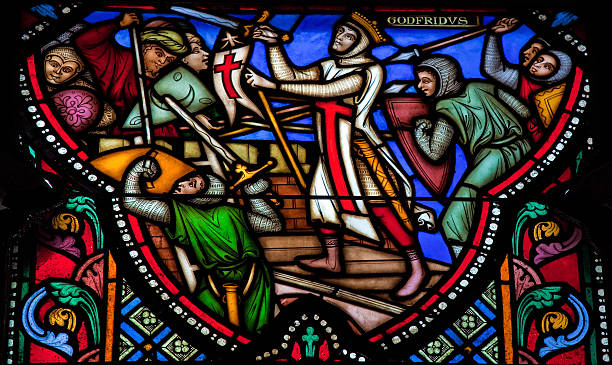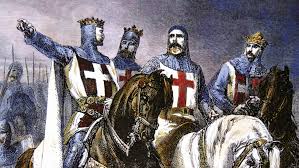The Gold Noble (1344 CE): How England’s First Major Gold Coin Transformed Trade & Finance
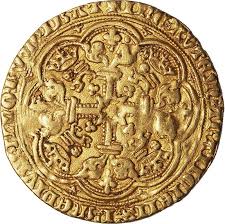
The introduction of the gold noble in 1344 CE was not just a financial move—it was a major economic strategy that reshaped England’s trade and international influence. As England engaged in the Hundred Years’ War (1337–1453 CE), King Edward III…

